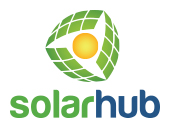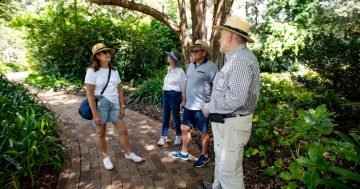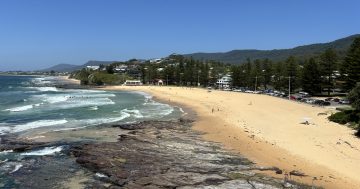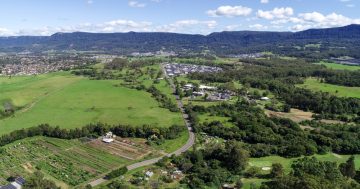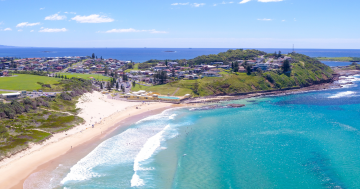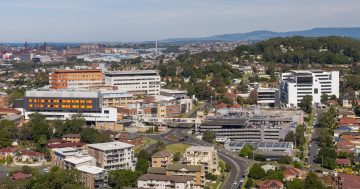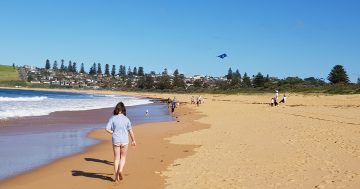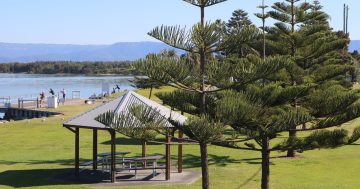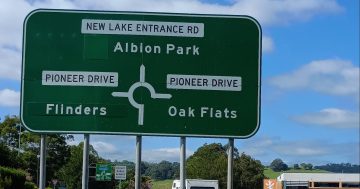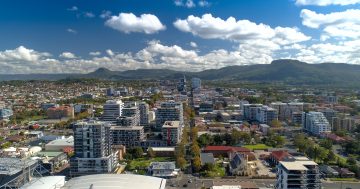
Kembla Grange recorded the highest growth for houses over the past year. Photo: Wollongong City Council.
Even as national and regional housing values continued February’s gentle upward tick, the Illawarra market remained flat last month, but it came as no surprise to field experts.
CoreLogic’s national Home Value Index showed Australian home values were up 0.4 per cent in March – reversing a recent downward trend and returning to record highs.
Regional housing market value growth continued to outpace the combined capitals at 0.5 per cent growth, yet Illawarra values slipped by 0.1 per cent.
CoreLogic executive research director Tim Lawless pointed out this was still up 0.2 per cent over the rolling quarter.
“For all intents and purposes, the Illawarra market is more or less flat,” he said. “Zooming, out, the region appears to be suffering a bit of a hangover from the significant growth it saw during the pandemic. It is still down 4.2 per cent from its record high in May 2022, which coincides perfectly with when interest rates started to rise.”
While easing monetary policy, cost of living relief, income growth and improved sentiment may support housing activity, the report highlighted that growth would continue to butt up against the headwinds of unaffordability, slower population growth, cautious credit policies and a drawn-out rate-cutting cycle.
This tracks with the RBA’s decision on Tuesday (1 April) to hold interest rates again, which Mr Lawless said was expected.
“If we see inflation holding in the target range, we’ll probably see more cuts but the consensus is that this year will see a drawn-out, cautious cutting cycle,” he said.
“We might see two more cuts this calendar year, three if we’re lucky, which means by the end of the year we’ll still be at a cash rate above neutral.
“I think this will be priced into most people’s property purchase decisions this year, and we’re unlikely to see a stimulatory effect from rates in the housing market for some time yet.”
Overall Illawarra units (up 1.8 per cent) performed better than houses (down 0.2 per cent) over the past quarter.
“This underscores the fact that affordability remains a challenge, feeding higher demand for properties at a lower price point,” Mr Lawless said.
Over the past 12 months, units have seen the strongest growth in Figtree – up a staggering 15.3 per cent, reaching a median value of $820,000, followed by Coniston at 9.4 per cent to a median value of almost $680,000.
In that same period in the house market, Kembla Grange recorded the highest growth of 10 per cent, followed closely by Lake Heights at 9.7 per cent.
“Each of those higher performing markets is still down from the peak of 14.1 per cent, but that’s still 33 per cent higher than five years ago. That highlights the massive upswing the Illawarra experienced and suggests what we’re seeing at the moment in the region is a bit of a market correction.”
When it comes to rents, however, the Illawarra is more or less following national trends.
Across Australia rent values are at record highs, with the national rental index rising 0.6 per cent in March. Gross rental yields are now at their highest level since 2019.
Vacancy rates across the Illawarra sit at 1.5 per cent.
“That’s remarkably low. You’d expect an average vacancy rate of probably double that at least,” Mr Lawless said.
“With such low vacancy rates, we’re still seeing rents rising – 5.5 per cent over the past 12 months.
“This is not just the case in the Illawarra mind you, but across the board.”







